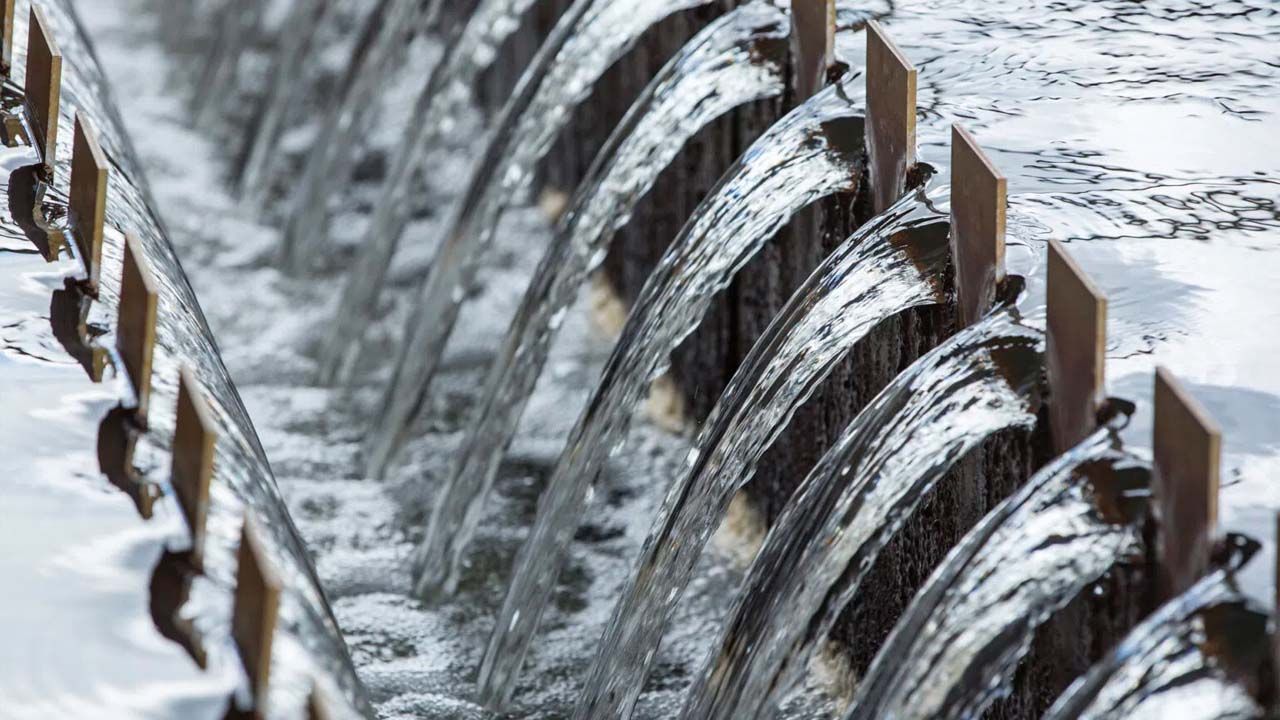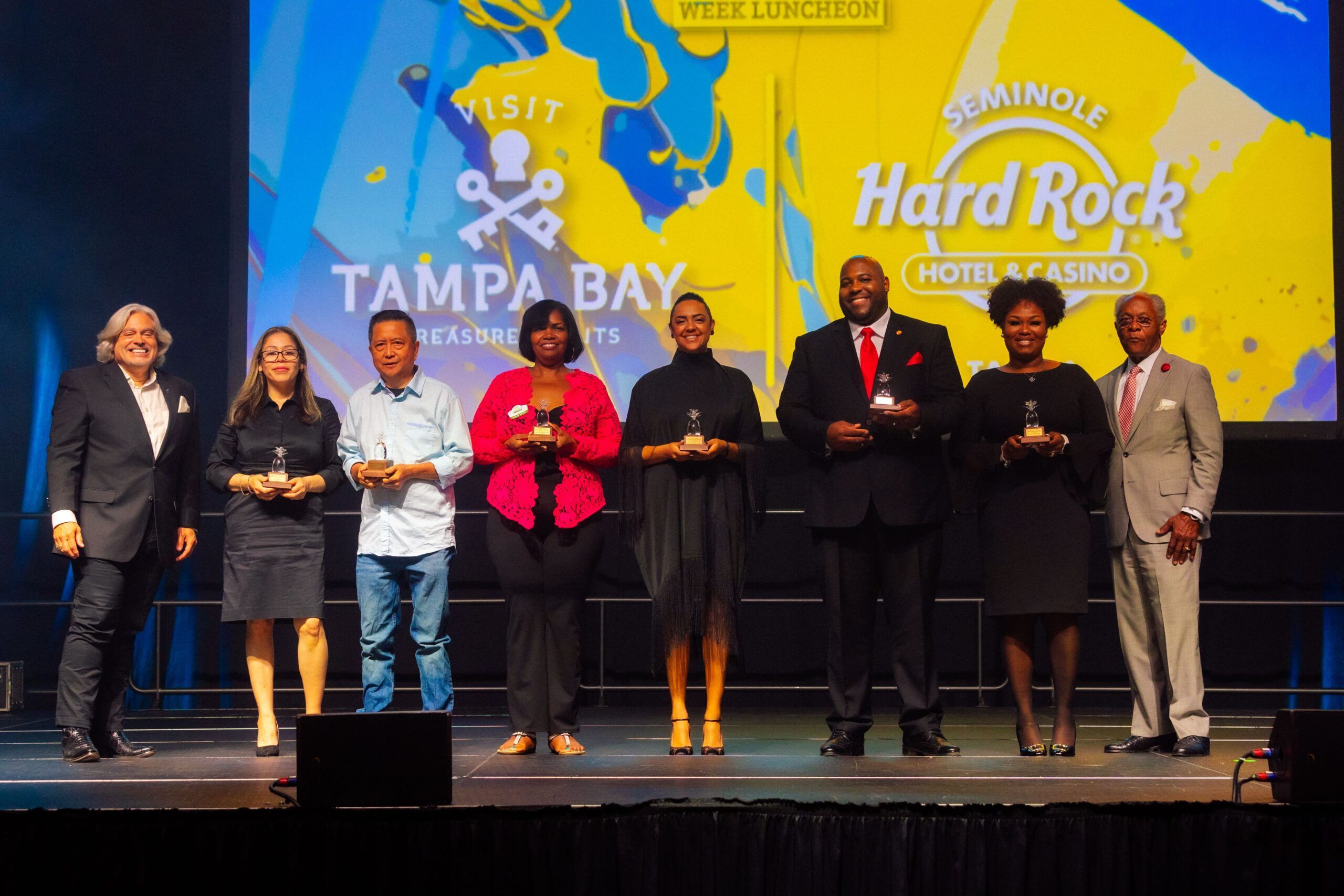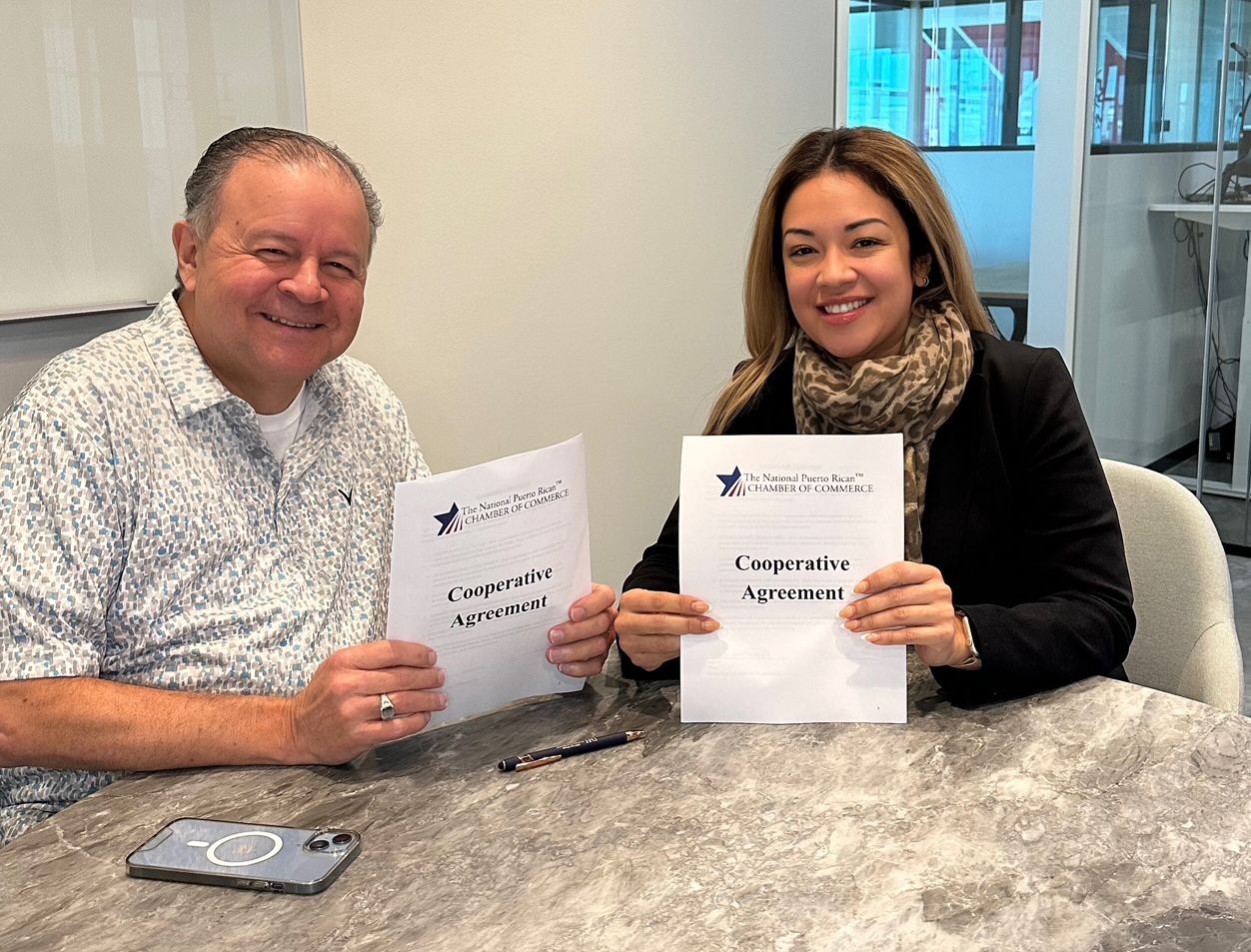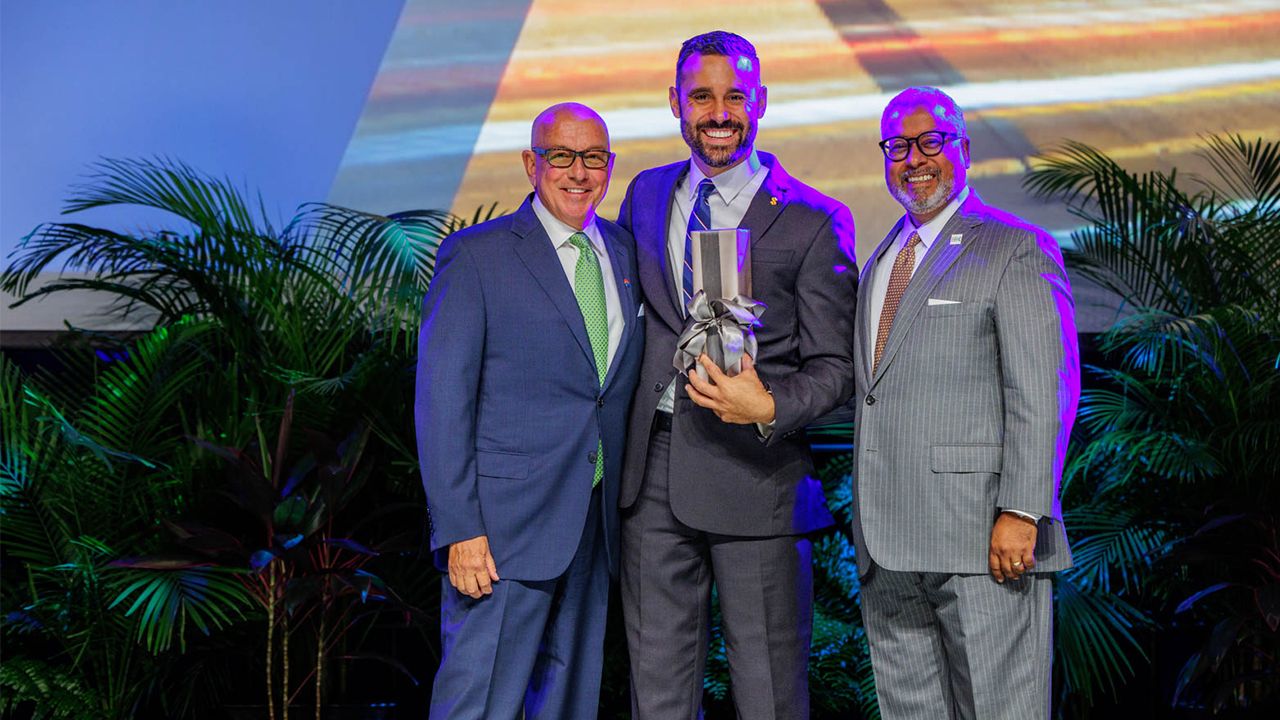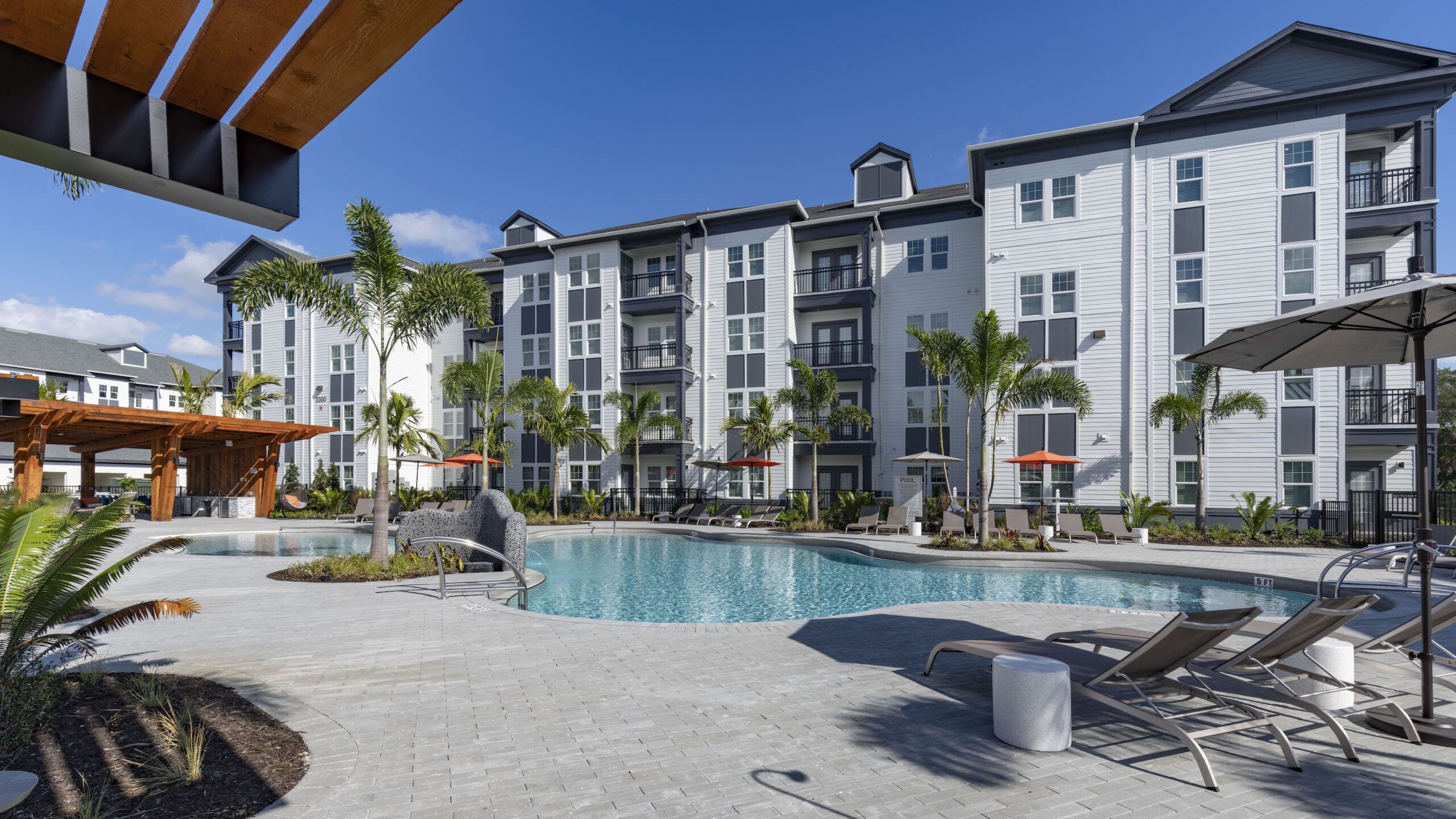It’s often an afterthought. You turn on the faucet and water comes out, a seemingly endless supply of it. Clean and ready for showering, drinking or cooking.
It keeps your grass looking lush during the dry months and rinses away the layers of pollen when everything blooms and covers our cars in that green hue. The one that reminds everyone to take their allergy medicine.
But as more people move to the Tampa Bay region, faster than most experts predicted in their 10- and 20-year projections, more and more water is in demand.
According to a report from the Tampa Bay Economic Development Council, by 2026, Hillsborough County’s population is projected to add 123,950 more residents, totaling over 1.6 million, 8.3 percent more people than in 2021. For Pasco, population growth is expected to grow by about 7.7 percent. For Pinellas County, a growth of 3.3 percent.
Other counties in Tampa Bay Business and Wealth’s coverage areas, Sarasota, Manatee and Polk, are expected to follow suit. People from far away are moving in and people already residing in the most populated areas, like Hillsborough and Pinellas, are moving outward due to rising living costs.
It might be time to pay a little more attention to the water situation. Everyone needs it to live.
TBBW’s second edition of “Infrastructure 101” — water.
Tampa Bay Water, a regional wholesale water supplier that provides water to member governments including Hillsborough, Pasco and Pinellas Counties, in addition to New Port Richey, St. Petersburg and Tampa, not surprisingly, has the supply and demand issue of water at top of mind but you may not know their name.
“Our pipeline is between 72 and 84 inches [in diameter], that runs throughout the Tampa Bay region, that nobody sees,” says Chuck Carden, general manager of Tampa Bay Water. “We wholesale the water to governments and they retail it, so you don’t see our name so much.”
Tampa Bay Water supplies more than 2.5 million residents, in the region, with its supply. With that number steadily growing, and fast, plans for expanding plants, and operations, are having to accelerate.
“We’re always looking out for the future supply. We have a master water plan that we update every five years and so it’s a continuous planning cycle,” Carden says.
Part of that is innovation and diversifying its water sources.
“Right now we’re looking at using reclaimed water. There’s a project we’re working with Hillsborough County on, where they inject treated reclaimed water on the coast, which they’re doing for environmental reasons, to keep saltwater intrusion from entering the into the intercoastal area, but what it does is creates a water table inland that allows our regulator to permit groundwater for us,” Carden explains. “It’s one of those innovative, out-of-the-box ideas. We like to think like that here.”
Another example of innovation is some of the things Tampa Bay Water had to do during the COVID pandemic.
“What [COVID] did to our industry was impact our supply chain, with some of the chemicals we use,” Carden says. “They were being diverted to hospitals for patients, so we had to learn to use other ways. We had to share resources and it made us think, again, outside of the box. We don’t want to have all of our eggs in one basket.”
Now, Tampa Bay Water is back at it working with Hillsborough County government on how to get water more efficiently to southern Hillsborough residents, the fastest growth area for residential water needs, currently, in the county.
“The actual projects fit together like a puzzle,” says Lisa Rhea, Hillsborough County’s water resources department director.
Tampa Bay Water’s board of directors selected the final route segment for the new South Hillsborough Pipeline, which will carry additional water to southern Hillsborough County, once completed in 2028.
The new, South Hillsborough Pipeline will be approximately 26 miles long, up to 72 inches in diameter and will carry up to 65 million gallons, per day, of additional drinking water to the southern Hillsborough service area. It will start at the Tampa Bay Regional Surface Water Treatment Plant, in Brandon, connect to Hillsborough County’s Lithia Water Treatment Plant and end at the County’s new connection point, at Balm Riverview and Balm roads.
“Hillsborough County, in the south part of our county, has historically been very agricultural. Tomato farms, strawberry farms and other vegetables. A very agricultural area. So large sections of land that were sparsely populated and what we have seen over the last, really most intensely over the last five to seven years, has been a lot of agricultural land being sold to developers and subdivisions going up,” Rhea says. “This is residential growth. It’s homeowners. They want to have a nice yard and obviously want high-quality drinking water.”
There’s an interesting distinction water officials speak of with water and its uses for it. There’s their primary priority, human safety needs. This includes clean water for drinking, bathing and cooking. And, water for fire rescue, brush fires and other emergency situations.
“Traditionally, about 60% of the water that goes in into a person’s home is actually used for irrigation. It’s not even used for helping human safety needs,” Rhea says.
She adds, there is nothing wrong with using water for irrigation needs like landscaping, pools, etc. but when supply is scarce, it’s the basic human needs that must be prioritized.
“I would say April and May are the worst months, when it comes to [worries about drought]. Once the rains kick in, and people aren’t irrigating as much because they’re using the rainwater, then you see the demand on the potable system go down and you don’t have the same volume of water going out,” Rhea explains.
During those drier months, when supply could be scarce, the community can do its part by watching their consumption for non-human safety needs.
“I encourage people to follow the watering limits and make sure they know their days, because that helps spread the demand out,” Rhea says. “If everybody is trying to water on Saturday morning, we’re going to have even more serious problems.”
Meanwhile, while residents do their part, water officials say they are doing their part, also.
“Nobody has a crystal ball. We do the best we can with the information we have. We are working hard to accelerate, be quick on our feet and change direction,” Carden says.
Rhea adds, “We are trying to find ways to get the water to the residents as soon as possible.”
It’s all done for the greater good of the community, which business owners should be paying attention to. The infrastructure of water provides a vital necessity for not only themselves, but their workforce.
“Business leaders in this community are very key to our success,” Carden says. “You cannot grow the community without an adequate, safe, clean drinking water supply.”
Explained much like an eco-system that relies on many factors, infrastructure, and its many components, can be seen as a regional workforce issue.
“Water is a precious resource,” Rhea says. “Using it in a less productive matter actually hurts the whole community, because then that precious resource becomes even more scarce.” ♦
Read more: What does infrastructure need to do to keep up with Tampa Bay’s growth spurt?



